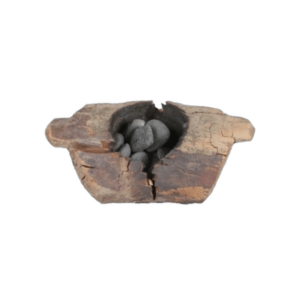Ancient Chinese Used Cannabis at Funerals: Discoveries and Their Significance
Ancient Chinese Used Cannabis at Funerals: Discoveries and Their Significance
Introduction
Recent archaeological findings in China have revealed fascinating aspects of ancient cultural practices. One such discovery is a bong that is approximately 2500 years old. This discovery sheds light on how ancient Chinese used cannabis for ritualistic and religious purposes, particularly at funerals. In this article, we will explore the details of the find, its historical context, and its significance for modern understanding of the cultural practices of that time.
Historical Context
Archaeological research in the Xinjiang Uyghur Autonomous Region of China has uncovered unique artifacts, among which the ancient bong stands out. It was used for burning cannabis during funeral rituals. This region was an important cultural and trading center, evidenced by numerous finds indicating interactions among various cultures.
Use of Cannabis in Ancient China
Cannabis was known in China since prehistoric times and was used in various aspects of life, from medicine to textile production. However, the discovery of a bong specifically used for ritual purposes highlights the significance of this plant in the spiritual and religious life of ancient Chinese.
Ritual Practices
The find indicates that cannabis was used to create altered states of consciousness among participants in funeral ceremonies. This could have facilitated communication with the spirits of ancestors or gods, which was an important part of the religious beliefs of the time. Inhaling cannabis smoke likely helped ritual participants achieve a trance state, enhancing their spiritual experiences.
Scientific Research
Analysis of the cannabis residues found in the bong confirmed high concentrations of THC, the main psychoactive component of cannabis. This discovery refutes the previously held belief that ancient cannabis strains were weak and did not have significant psychoactive effects.
Significance of the Discovery
This discovery is significant for understanding the cultural and religious practices of ancient China. It shows that cannabis played an important role not only as a medicinal plant but also as a means for spiritual and ritual practices. It also underscores the rich history of cannabis use in various cultures around the world.
Conclusion
The discovery of an ancient bong in China, used for burning cannabis at funerals, represents an important contribution to archaeological science and the historical understanding of cultural practices. It highlights the significance of cannabis in religious rituals and allows us to better understand the spiritual aspects of ancient Chinese life. Continued research in this area promises to uncover even more secrets related to ancient ritual practices.









